I could not resist posting these 3 beautiful photos taken by Jim Burchell of our Sun. They were taken on the 16th April 2022 from Dartford and show our glorious Sun rising and setting.
A Sun rising............
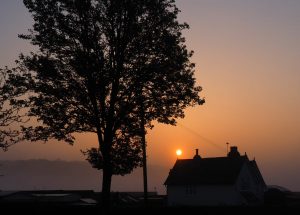
A Sun setting, so beautiful........
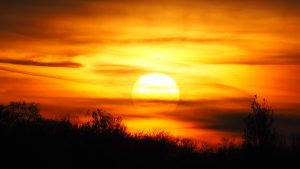
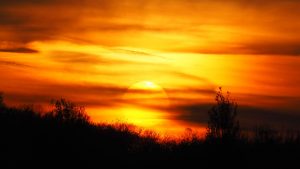
Astronomy every Thursday
This category will show a few lines from the last 3 items on the home page.
It will also show the full post on the news page
I could not resist posting these 3 beautiful photos taken by Jim Burchell of our Sun. They were taken on the 16th April 2022 from Dartford and show our glorious Sun rising and setting.
A Sun rising............

A Sun setting, so beautiful........


A lovely photograph of Dick Chambers with Malcom Gough taken at Winchester back in 2006 by Keith Rickard.

Neil has been busy and produced these two beautiful images of the Moon.
The image below was taken on the 8th April 2022 from Kent.
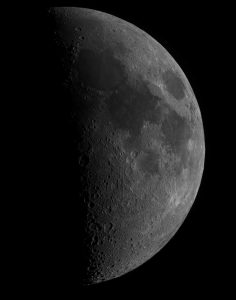
The image below was taken on the 13th April 2022 from Kent.
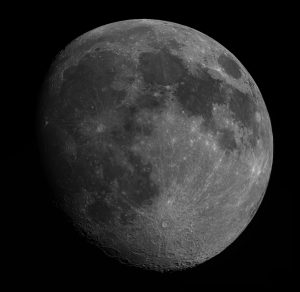
For a more detailed view of these images and more photos of the Moon see Neil’s flickr page at https://www.flickr.com/photos/137388222@N05
The latest exoplanet transit from Simon Dawes for the ExoClock project. WASP 113 is a 11.7 magnitude star and Exoplanet WASP- 113b orbits it every 4.5days with a drop of 10/1000ths of a magnitude. WASP 113 is a G type star of 1.3 Solar Masses and the exoplanet WASP-113b is half the mass of Jupiter.
Crayford members have now contributed 110 light curves.
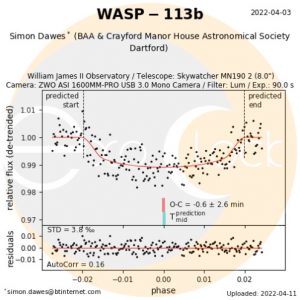
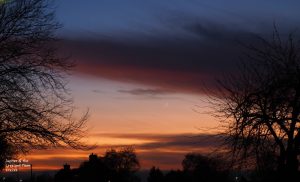
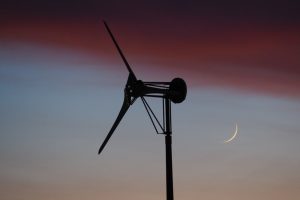
A superb image of an 'active' Sun by Simon Dawes taken from Bexleyheath. Details of how Simon took the photo are on the image.
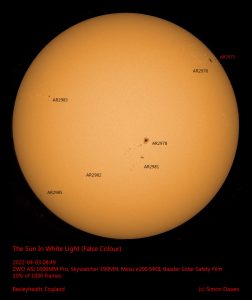
On the evening of the 25th March 2022 there was a bright pass of the ISS. Jim Burchell managed to capture 2 image's of the ISS pass at 19.47.51- 19.52.51. Image's taken with a pentax K70.
The 1st image shows the ISS passing the star Capella in the constellation Auriga. F7.0 20" 18mm iso 800.
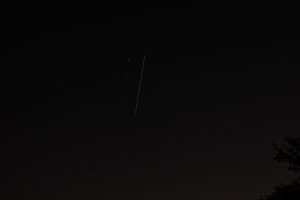
The 2nd image shows the ISS passing the constellation Ursa Major - top left. F9.0 20" 18mm iso 800.
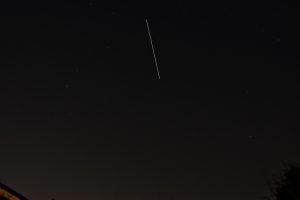
A stunning Solar Halo was sighted & captured by Jim Burchell whilst visiting Eynsford Castle on the 28th Jan 2022.
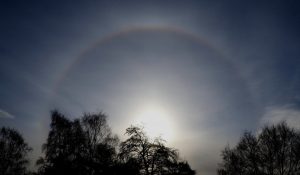
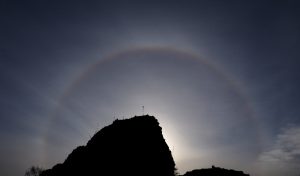
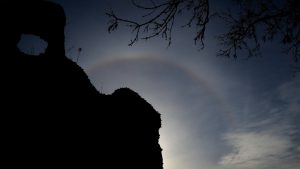
Supernova SN 2022ewj in galaxy NGC 3367 taken by Simon Dawes on the 23 Mar 2022 from Bexleyheath.
Details of how Simon acquired this superb image is on the photo.
NGC 3367 is a barred spiral galaxy located in the constellation Leo. It is located at a distance of around 120 million light years from Earth, which, given its apparent dimensions, means that NGC 3367 is about 85,000 light years across. The galaxy was discovered by William Herschel on March 19, 1784
Mag 15.5, SN 2022ewj was discovered on the 19th March 2022 by Koichi Itagaki and is a type II Supernova. This is the 6th supernova to be observed in NGC3367 over the last 30 odd years.
Not the easiest of objects to image from the London Borough of Bexley!
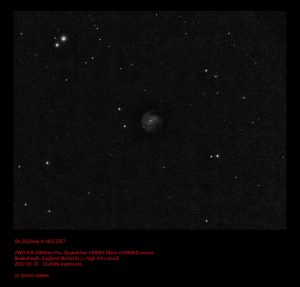
Another for the ExoClock project......
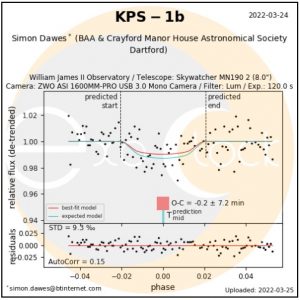
KPS-1b orbits a star similar to the Sun with a period of 40 hours.
The mass and size of the exoplanet KPS-1b are close to the characteristics of Jupiter, but it is located very close to its parent star so the temperature of the atmosphere KPS-1b is much higher than that of Jupiter.
The discovery was made by the prototype Kourovka Planet Search (KPS) project, which used wide-field CCD data gathered by amateur astronomers using readily available and relatively affordable equipment with astronomers from Belgium, USA, England, France, the Netherlands, Turkey, Portugal, Lithuania, Italy and Canada contributing.
The night Simon did the observations for KPS - 1b Simon said ''the transparency was low - when I left the society meeting you could see the water particles in the air in the headlamp and under the street lights, so I'm pleased I got anything at all!''